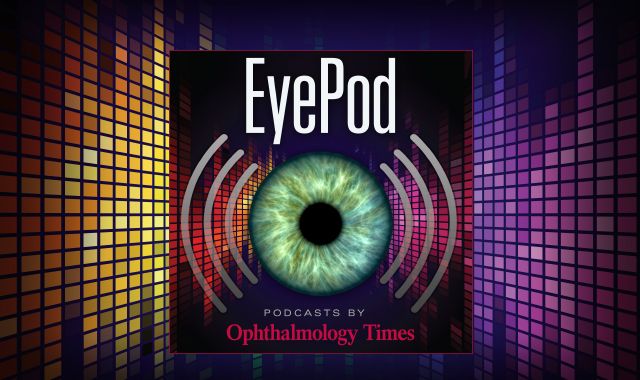News
Article
FDA grants fast track designation to OKYO Pharma’s urcosimod for treatment of neuropathic corneal pain
Author(s):
Key Takeaways
- Urcosimod has received FDA fast track designation for neuropathic corneal pain, enabling expedited regulatory processes and frequent FDA interactions.
- Neuropathic corneal pain involves severe pain due to nerve damage and inflammation, with no current FDA-approved treatments available.
Urcosimod is a lipid conjugated chemerin peptide agonist of the ChemR23 G-protein coupled receptor.
(Image Credit: AdobeStock/Prostock-studio)

The US Food and Drug Administration (FDA) has granted fast track designation to OKYO Pharma for urcosimod for the treatment of neuropathic corneal pain (NCP).1
NCP is a condition that causes severe pain and sensitivity of the eyes, face, or head. The exact cause is unknown but is thought to result from nerve damage to the cornea combined with inflammation. There is currently no FDA-approved drug to treat NCP.
OKYO had previously applied for fast track designation in March 2025.2 Fast track designation allows the company to have more frequent meetings with the FDA to discuss the drug’s development plan and ensure collection of appropriate data needed to support drug approval, as well as the use of a rolling FDA review to expedite its regulatory path.
Gary S. Jacob, PhD, CEO of OKYO Pharma, commented on the FDA’s decision in a press release from the company.
“We are thrilled with the FDA’s Fast Track designation for urcosimod in the treatment of neuropathic corneal pain. This milestone underscores our commitment to advancing innovative therapies that can make a meaningful difference in patients’ lives. We look forward to working closely with the FDA to bring this promising treatment to patients as quickly as possible,” said Jacob.
The company describes urcosimod as a lipid conjugated chemerin peptide agonist of the ChemR23 G-protein coupled receptor, which is typically found on immune cells of the eye responsible for the inflammatory response, as well as on neurons and glial cells in the dorsal root ganglion.
Recently, the company announced positive data on the long-term stability of urcosimod for the treatment of NCP.3 The company noted that it has been shown to be stable for over 2.5 years in single-use ampoules used for administration of the drug to patients. Urcosimod is currently in a phase 2b, randomized, placebo-controlled, double-masked, 48-patient clinical trial to treat NCP patients, which had the first patient dosed in October 2024.
References:
FDA grants OKYO Pharma fast track designation to urcosimod for neuropathic corneal pain. News release. OKYO Pharma. May 1, 2025. Accessed May 1, 2025. https://okyopharma.com/fda-grants-okyo-pharma-fast-track-designation-to-urcosimod-for-neuropathic-corneal-pain/
Harp M. OKYO Pharma files application for Fast Track designation with the FDA for urcosimod for the treatment of neuropathic corneal pain. Ophthalmology Times. March 10, 2025. Accessed May 1, 2025. https://www.ophthalmologytimes.com/view/okyo-pharma-files-application-for-fast-track-designation-with-the-fda-for-urcosimod-for-the-treatment-of-neuropathic-corneal-pain
Harp MD. OKYO Pharma releases positive long-term stability data for urcosimod in neuropathic corneal pain. Ophthalmology Times. March 31, 2025. Accessed May 1, 2025. https://www.ophthalmologytimes.com/view/okyo-pharma-releases-positive-long-term-stability-data-for-urcosimod-in-neuropathic-corneal-pain
Newsletter
Don’t miss out—get Ophthalmology Times updates on the latest clinical advancements and expert interviews, straight to your inbox.





